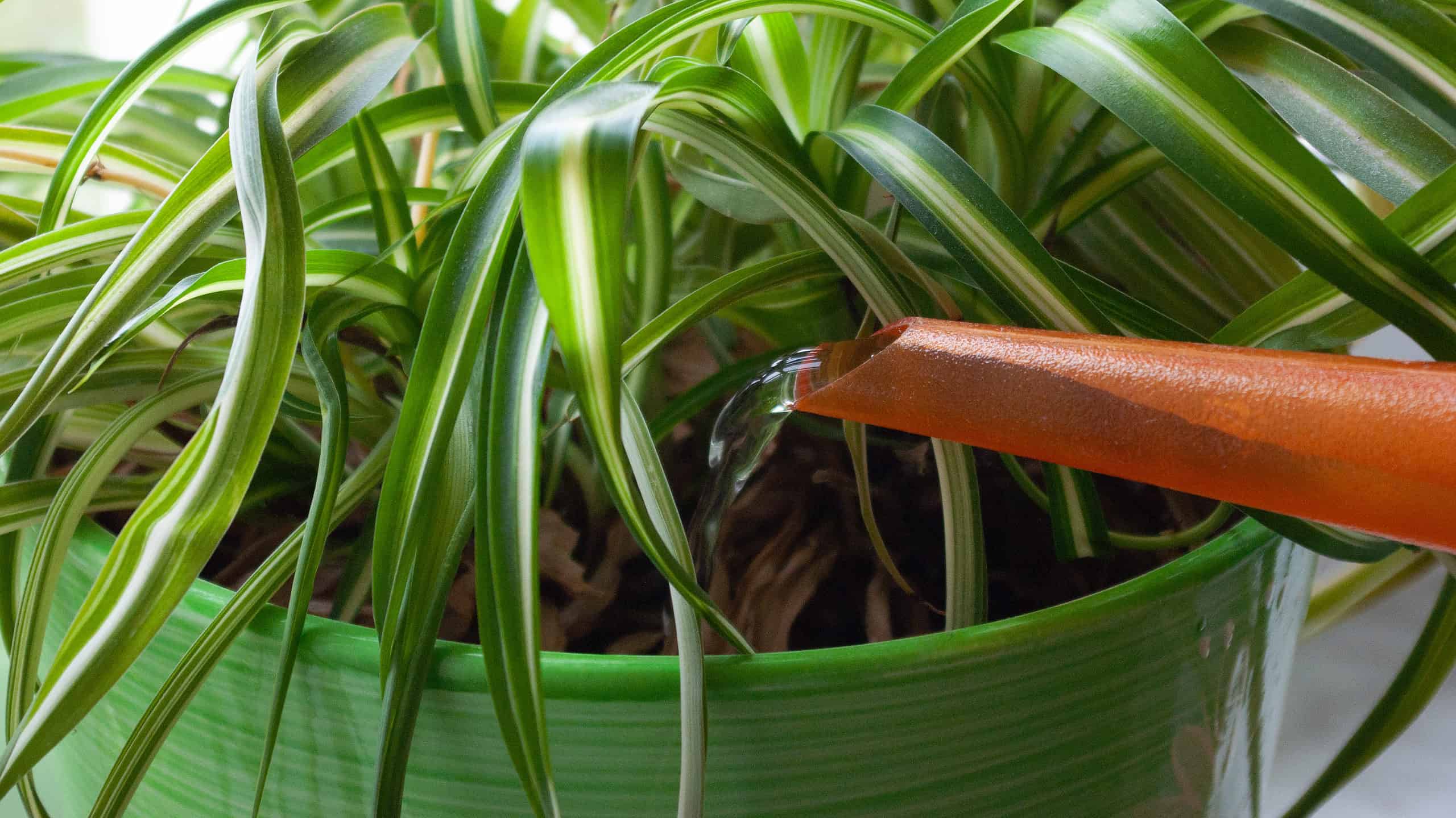
Upon entering a room adorned with vibrant green foliage, the first impression of a spider plant is one of natural elegance and effortless beauty. With its arching leaves cascading gracefully, it captivates the eye and injects a touch of freshness into any space. The spider plant's unique charm lies in its ability to thrive with minimal care, making it an ideal choice for both seasoned plant enthusiasts and those new to the world of indoor gardening. From its striking appearance to its reputation as an undemanding companion, the spider plant leaves a lasting impression of a resilient and visually captivating houseplant.
| Introduction | Watering Needs | Signs of Overwatering | Signs of Underwatering | Best Practices |
Introduction
The spider plant, also known as Chlorophytum comosum, is a popular houseplant due to its attractive appearance and easy care requirements. As with any plant, proper watering is essential for the spider plant's health and growth. In this article, we will explore how often to water a spider plant to ensure its well-being.
Watering Needs
Spider plants prefer to be evenly moist but not waterlogged. Overwatering can lead to root rot and other issues, while underwatering can cause wilting and stunted growth. Understanding the watering needs of your spider plant is crucial to maintaining its health.
Signs of Overwatering
Overwatering can be detrimental to spider plants. Some signs that you may be overwatering your spider plant include:
- Yellowing or browning of leaves
- Wilting, even when the soil is moist
- Foul odor from the soil
- Mold or fungal growth on the soil surface
Signs of Underwatering
Underwatering is equally harmful to spider plants. Signs of underwatering may include:
- Wilting or drooping leaves
- Dry soil that pulls away from the edges of the pot
- Leaf tips turning brown and crispy
- Slow growth or no new growth
Best Practices
Here are some best practices to help you determine the frequency of watering your spider plant:
1. Check the Soil Moisture
< p>Before watering your spider plant, check the moisture level of the soil. Stick your finger about an inch deep into the soil. If it feels dry, it's time to water. If it feels moist, wait a few more days before watering.2. Consider the Environmental Conditions
The environmental conditions, such as temperature and humidity, can influence how often you need to water your spider plant. In general, spider plants thrive in moderate humidity and temperatures between 60-75°F (15-24°C).
3. Adjust for Seasonal Changes
Spider plants may require more frequent watering during the warmer months when evaporation rates are higher. Conversely, during colder months, when growth slows down, watering frequency can be reduced.
4. Observe the Plant's Response
Pay attention to how your spider plant responds to watering. If it thrives and shows healthy growth, you're likely providing the right amount of water. However, if you notice signs of overwatering or underwatering, adjust your watering schedule accordingly.
5. Use Well-Draining Soil
Using well-draining soil is essential for preventing waterlogging and root rot. A good potting mix for spider plants consists of a blend of peat moss, perlite, and vermiculite.
6. Avoid Watering on a Strict Schedule
Remember that watering frequency may vary depending on factors such as pot size, humidity levels, and individual plant needs. Avoid adhering to a strict watering schedule and instead rely on the plant's specific requirements.
By following these best practices and closely monitoring your spider plant's moisture needs, you can ensure its health and vitality for years to come.
Conclusion
Proper watering is essential for the well-being of your spider plant. By understanding the signs of overwatering and underwatering, considering environmental conditions, and following best practices, you can determine the ideal watering frequency for your spider plant. Remember to monitor the soil moisture, adjust for seasonal changes, and observe how your plant responds to watering. With the right care, your spider plant will thrive and add beauty to your indoor space.



0 Comments